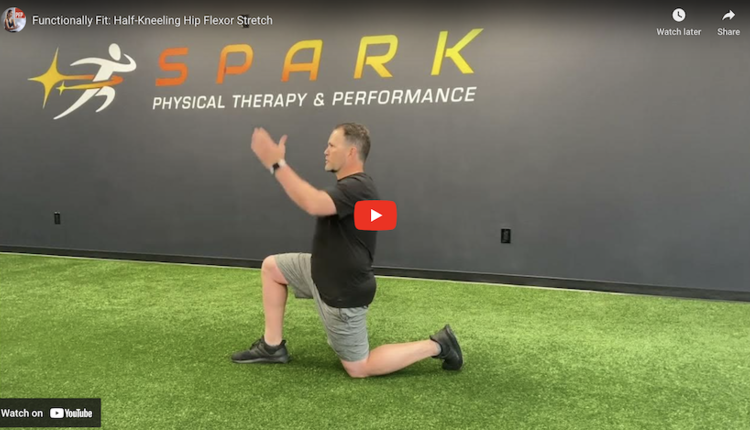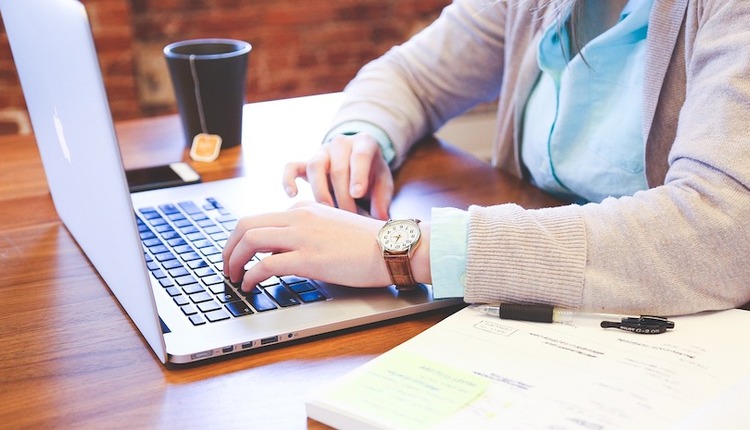In personal training — or in any exercise, for that matter — it is crucial to avoid reaching a plateau in one's regimen. Your client has specifically sought out your expertise and has a certain expectation of what they believe they should learn from you, and both Pilates and yoga can provide them with a complete and balanced workout that can actually differ and excel with each repetition.
PILATES
As a fitness professional, your clients may expect you to know a thing or two about the benefits of Pilates — perhaps even how to teach it. With over 9.5 million people reporting regular participation in Pilates and 72% of all health clubs in the US offering it, Pilates can serve as an excellent way for people of all abilities to connect their minds and bodies and can help them to take the next step in their exercise regimen.
Pilates can serve as a great asset in allowing you to spot any weaknesses you may not otherwise be able to see in your client during their standard exercise routine. By incorporating a few Pilates moves into your clients' pre-existing workouts, you will be able to observe and correct bilateral weaknesses, musculoskeletal imbalances and inconsistencies. Additionally, you may find that adding Pilates will enhance your clients' overall fitness level because you can easily adjust the challenge variables within each exercise to continue to challenge them over time.
Step 1: Buy a mat — While mat classes are the typical entry point into Pilates for many participants, classical mat exercises can be difficult for a beginner because they do not yet have the core strength to perform the exercises correctly. The classical Pilates Method is based on a full, integrated system of equipment — the mat exercises are just part of the technique (only 25% of the Pilates exercise repertoire can be performed on a mat) and often the first step toward learning the equipment.
Step 2: Move to the machines — By progressing your client from the mat to the Pilates equipment, your clients will experience a more authentic, quality experience. The equipment helps participants work in an effective and efficient matter to change the body, as the springs on the equipment provide support and resistance that allow an individual to enhance their core connection in a way that can be difficult to do on the mat alone.
Step 3: Try Some Sample Exercises
The Saw: stretches the spine, strengthens the abdominals and improves respiratory function.
- SETUP: Sit with legs apart, feet open a little wider than shoulder-distance apart and arms out to the sides, in line with the shoulders. Sit tall, and lift out of the hips.
- INHALE. Twist the spine, lower the back arm, and look at it as you curl forward.
- EXHALE. Reach the pinky finger past the pinky toe. Reach and press down once, deeper the second time, and even deeper the third time. Look back at the opposite hand, and incline your ear towards the knee.
- INHALE. Scoop deeper, and roll up. Stay twisted, and sit tall through the center.
- TWIST to the other side.
- EXHALE. Reach ear to knee; keep a "C" shape in the spine.
- INHALE. Roll up, and come center.
- Repeat three to five times in each direction (Note: Inhale to twist, and exhale to reach).
The Hundred: promotes circulation, improves coordination of movement with breathing and centers the mind and body while connecting to the core, the deep, internal muscles of the abdomen and back.
- SETUP: Lie on the back with knees bent, legs together and feet flat on the floor. Lengthen the spine, and place arms and palms down along the body.
- BRING your chin and knees to the chest, and stretch the arms long to the sides.
- STRETCH the legs vertically; lower them 45o, keeping the lower back imprinted on the mat.
- BREATHE in for five breaths and out for five breaths, pumping the arms up and down six to eight inches.
Colleen Glenn is the Senior Development Director and Master Trainer for Peak Pilates in Boulder, Colorado (www.peakpilates.com). She lectures, teaches and consults with businesses both in the US and internationally. Colleen has developed and contributed to numerous educational programs, including comprehensive instructor certifications, and product launches. Colleen co-founded the Pilates Method Alliance, a non-profit organization that sets educational standards and provides resources for Pilates' professionals and enthusiasts.
YOGA
Yoga, the 6,000-year-old secret to health and vitality, is not so secret anymore. Among the many people discovering its many virtues (added flexibility, strength, mental focus, improved calming and relaxation) are personal trainers who want to add flexibility to their clients' regimes. Whether your clients perform aerobics, run, bike, swim or power lift, yoga can balance their bodies and minds.
Weight training, while beneficial, leaves our bodies tight in some areas — usually the hamstrings, hips, quadriceps arms and shoulders. A good yoga practice can balance the body by bringing flexibility to these muscles and ligaments, making your client more efficient as well as more relaxed in your training sessions.
Step 1: Breathe! — Breathing is the foundation of life as well as yoga. Good breathing techniques will also aid in exercise efficiency and your clients' stress management techniques.
Breathing Exercise: Use prior to any sporting competition or simply to relieve stress during the workday.
- SETUP: Bring hands to the midsection, and close the eyes. Feel the breath enter and exit the body.
- INHALE. Breathe through the nose, feeling the stomach fill like a balloon.
- EXHALE. Gently press the air out of the body, feeling the stomach contract.
- REPEAT 10 times, completely focusing on the breath.
Step 2: Try Some Sample Exercises
Crocodile: opens pecs and stretches abs.
- SETUP: From a plank position, slowly lower the body down to about one inch off the floor (drop the knees, if necessary).
- PRESS through the triceps, keeping the glutes lifting and abs strong.
Cobra: opens pecs, strengthens arms and engages back muscles.
- SETUP: From crocodile, lower the entire body to about one inch from the floor.
- DRAW the chest up toward the sky slowly while pressing the hands into the floor. Keep the glutes tight to protect the lower back.
Standing Backbend: opens pecs and is great for posture.
- SETUP: Stand in mountain pose with feet hip-distance apart.
- BRING hands back to rest on upper glutes.
- LIFT the ribs, and arch the back, making sure the core remains strong. Imagine that you're lifting your back over a bar.
Lateral Flexion: opens intercostals and stretches lats.
- SETUP: Stand in mountain pose with feet hip-distance apart.
- EXTEND your arms overhead.
- BRING one arm down to hip as you arch the opposite arm
- over your head.
- BREATHE into hips/ribcage/chest. Keep glutes tight
- and hips pressing forward.
- REPEAT on the other side.
Chest Expansion: stretches shoulders and pecs.
- SETUP: Place feet hip-distance apart.
- HINGE forward at the hips as you interlace your hands behind your back, and pull arms overhead. Keep abs firm throughout the move and a slight bend in the knees to protect the lower back.
Beth Shaw is the Founder/Creator of YogaFit Training Systems Inc. (www.yogafit.com) and is the author of YOGAFIT. She has appeared on numerous television programs and presents at all major yoga and fitness conferences worldwide. She holds a degree in marketing from Long Island University and numerous yoga, fitness and mind/body certifications.











